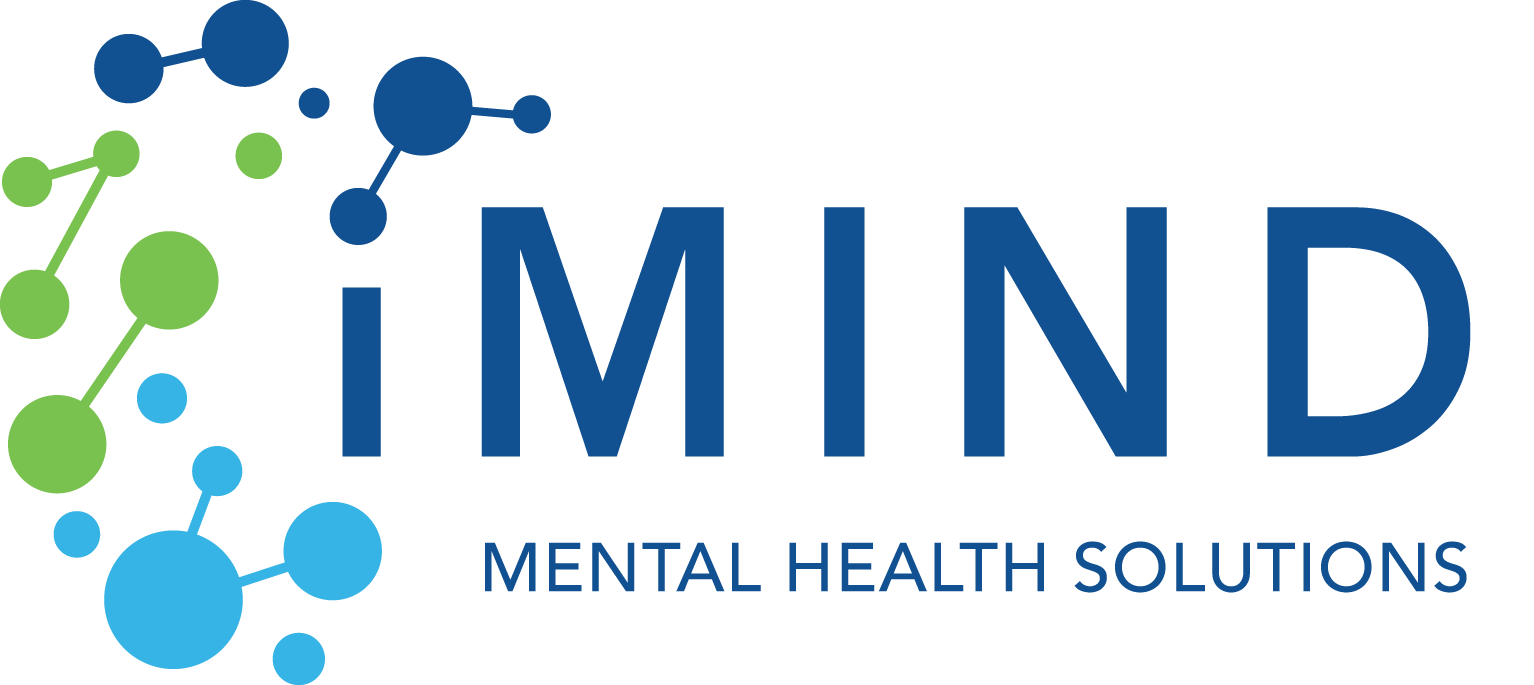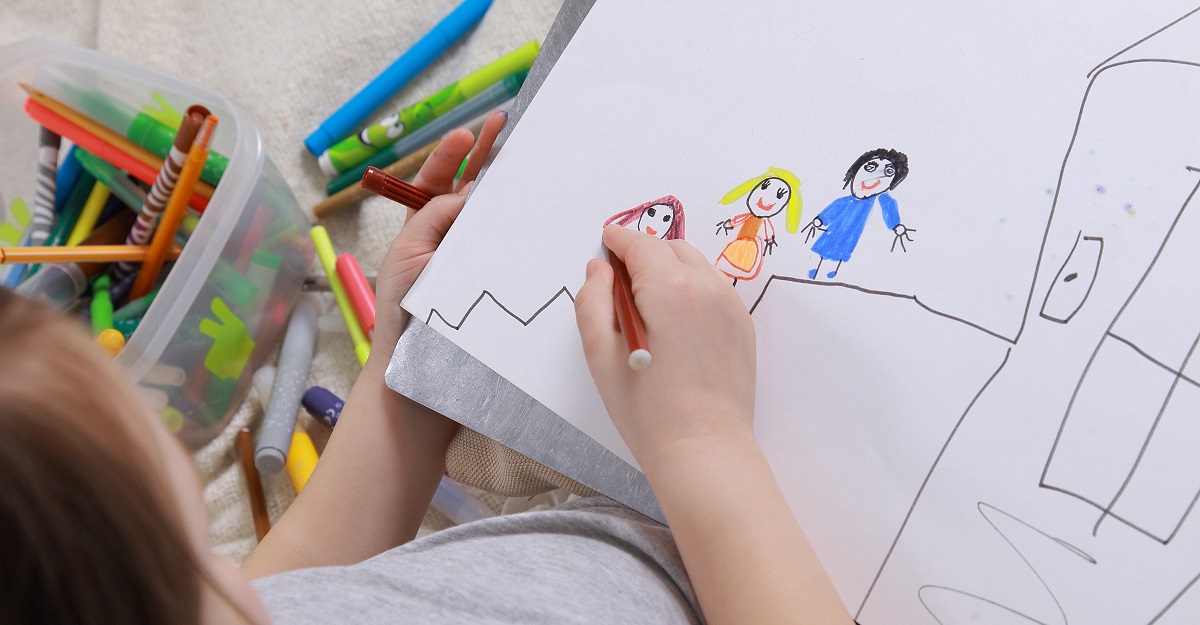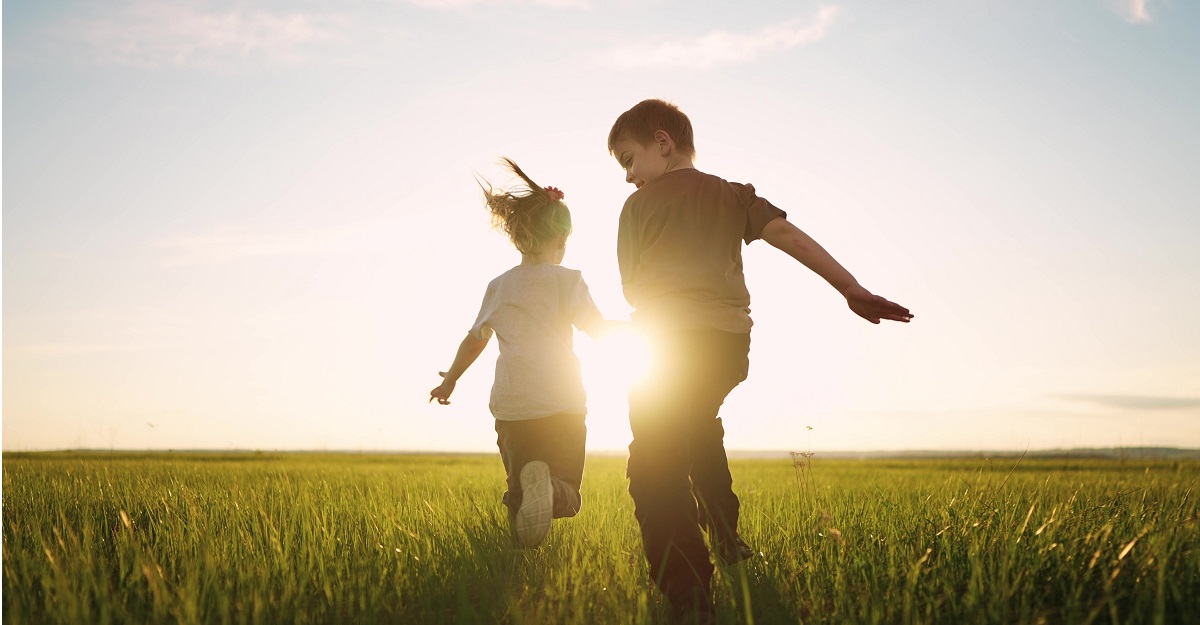Mental Health Issues Increase During Pandemic
Published By Justin Baksh, LMHC, MCAP
February 25, 2022

Among many other disastrous effects, the COVID-19 pandemic spiked anxiety and depression levels to nearly four times their pre-pandemic rates. Case in point: In January to June 2019, 11 percent of adults reported symptoms versus 42 percent in December 2020, according to the Centers for Disease Control and Prevention. (Abbott, 2021)
It’s not hard to see why.
Shutdowns across the nation affected employment levels. People were abruptly cut off from their friends, families, and daily routines. News organizations reported hospitals being overrun with patients, a growing and urgent need for ventilators, and increasing numbers of infections and deaths due to this novel virus. There was no vaccine and no FDA-approved treatment for it.
Our entire way of life was in upheaval and the future was unknown.
Uncertainly Fuels Anxiety
Life is a mixed bag. On any given day, we can encounter both good and bad outcomes.
Turns out, though, it is not knowing which one you are going to face that gets to you. Uncertainty stresses us.
A study of this subject illustrates this point quite well. Participants told the chances of finding a snake under a rock (and experiencing an electric shock if so) were 50 percent more stressed than those told the chances were 100 percent. Not being sure of how things were going to go produced measurable stress symptoms (in the form of sweating and wider pupils) at levels higher than those certain of facing the slimy beasts.
“’The fact that uncertainty is more stressful than certainty probably tells us something about the function of stress responses…,’ de Berker [one of the study’s authors] says. ‘Uncertainty is difficult for the brain, because it makes it hard to figure out what to do – what decisions to make.’” (Today Show, 2016)
COVID was a total unknown when it arrived on the scene. We didn’t know how far or how fast it would spread. We didn’t know how or if our family, friends, or ourselves would be affected by it. We didn’t even know if we’d be able to get what we needed from the store or when the kids would go back to school, much less when our lives would get back to the way they were. Many of us were also thrust into a financially precarious position on top of the worry about our health and the future of our lives.
The uncertainty of it all fueled massive levels of stress, which, in turn, manifested as anxiety symptoms.
Amplifying a Trend
Even before COVID, though, mental illness was increasing.
Every year, non-profit organization Mental Health America (MHA) releases its State of Mental Health in America report. Prior to COVID, the 2018 report showed a 1.5-million increase in the number of people reporting a mental illness versus the previous year. About 460,000 more people reported suicidal ideation versus the previous year as well.
However, we can see the worsening impact of COVID on the nation’s mental health in MHA screening data gathered from January through September 2020. The number of people seeking help by taking an anxiety screening nearly doubled (93 percent increase) over the previous year. There was also a 62 percent increase for those seeking help for depression.
But wait… that was over a year ago, right?
Surely, these elevated rates must have receded some, correct?
Yes… and no.
Delta Variant Caused Second Wave of Mental Illness Symptoms
In many ways, life seemed to be getting back on track in spring and early summer of this year. More businesses opened or expanded hours and availability, office workers were coming back to the workplace (or were in discussions of it), airline schedules became more robust, and social activities started churning again.
Just this summer, however, the delta variant took the country by storm.
It first arrived in the US – unassumingly – in the spring (March or May, according to sources). It was in all 50 states and the District of Columbia by July 1, as reported by CNN. In the last two weeks of July, over 80 percent of COVID cases were of the delta variety and the daily news was crowded with headlines of its spread, hospitalizations, and fatalities.
The delta variant proved to be more easily transmitted and virulent as well. Even those who’d been vaccinated were susceptible to contracting and spreading it, even as they continued to experience protection against serious illness and hospitalization.
Not surprisingly, anxiety levels started climbing once again.
The Household Pulse Survey conducted by the U.S. Census showed a peak of anxiety in November and December 2020, persisting into January 2021. Around the holidays last year, over half (54 to 55 percent) of people surveyed reported feeling anxiety and edginess and nearly half (47 to 48 percent) reported being unable to stop or control worrying for at least several days in the previous week.
However, these levels dipped during the spring and the beginning of summer before jumping again after the Delta variant took hold.
In the two-week period ending June 7 – before Delta made massive headlines for increase in infections – 40 percent of respondents reported at least several days of feeling anxious and on edge in the last seven days.
That number jumped to 47 percent, or an 18 percent increase, of respondents feeling the same way in the last two weeks in the survey period ending August 2. There was an even greater increase (24 percent) in those not being able to control or stop worrying for at least several days between those two survey periods.
These numbers have remained at elevated levels as of the last survey data available, released on October 6 and covering the period of September 15 to 27. (U.S. Census Bureau, 2021)
The Future of COVID
For some of us, the delta variant is waning.
In September, Dr. David Rubin was interviewed by CNN. He said that there were significant declines in COVID infections across the nation, especially in the South in a CNN interview. He further stated that he was staying tuned to potential changes the Northeast and Midwest as winter approaches. (Martínez & Stein, 2021)
CNBC also reported in September that, while the infection rate was dropping in locations heavily impacted by COVID’s delta variant during the summer, some states are seeing it increase, pointing to West Virginia and Kentucky in particular. (Rattner & Towey, 2021)
As of October 12, cases were down in most states except 11 versus the past 14 days. Those states seeing an increase were:
- New York, cases up 0.2%
- Pennsylvania, cases up 0.4%
- North Dakota, cases up 1.2%
- Montana, cases up 3.1%
- Utah, cases up 5.2%
- Vermont, cases up 7.2%
- New Hampshire, cases up 9.3%
- New Mexico, cases up 10.7%
- Michigan, cases up 24.4%
- Colorado, cases up 27.1%
- Minnesota, cases up 35.2%
So it’s probably a mixed bag in terms of how the country is faring with COVID anxiety.
Post-Event Depression and PTSD
COVID has no doubt affected people. Some, such as those who lost a family member to it or were front-line health workers, more than others.
History tells us that major traumatic events affect society. We can turn to the 9/11 terrorist attack as an example. Some of those closest to the attacks – such as ground zero survivors, those who lost a loved one, or those who participated in recovery efforts, experienced severe trauma
Here we can see that first comes the stress and anxiety of the event, then comes the depression and PTSD.
Twenty years later, those who were close to the impact zone in New York have elevated levels of PTSD, according to the World Trade Center Health Registry which has studied 70,000 people directly exposed to the attack. The closer they were to the disaster the worse the rates of PTSD and depression were.
“‘Each time we do a survey, it’s between 8 and 10 percent that have sufficient symptoms to indicate post-traumatic stress disorder,'” says Robert Brackbill, director of research at the registry. But among people who had a closer experience of the disaster, such as occupants of the buildings, or rescue and recovery workers, the rates are even higher — about 17 percent to 18 percent.”
(Chatterjee, 2021)
Get the Help You Need
Your mental health is just as important as your physical health. Untreated mental illness affects the quality of your life and relationships and can even lead to disastrous effects such as suicide, domestic violence, drug and alcohol addiction and overdose.
Pay attention to how you are feeling and potential negative effects of the pandemic, and seek help if needed.
One good thing to come out of the pandemic is the rise of telehealth. Now, you can take care of your mental health without leaving your home or taking off from work, on nights and weekends or whenever it’s convenient for you.
Mental health issues are treatable. With medication, therapy, or both, you can start to feel good again and see a positive impact on your life. Don’t wait, get started on the road to a better life today.
- Abbott, A. (2021, February 3). Covid’s mental-health toll: How scientists are tracking a surge in depression. Nature News. Retrieved October 17, 2021, from Nature.com
- Berg, S. (2021, June 11). What doctors wish patients knew about post-covid anxiety. American Medical Association. Retrieved October 17, 2021, from AMA-ASSN.org
- Chatterjee, R. (2021, September 10). For many who were present, the 9/11 attacks have had a lasting mental health impact. NPR. Retrieved October 17, 2021, from NPR.org
- Martínez, A., & Stein, R. (2021, September 16). Covid-19 stats: Deaths are up, Delta variant may be starting to wane. NPR. Retrieved October 17, 2021, from NPR
- Rattner, N., & Towey, R. (2021, September 13). U.S. covid cases finally start to dip from latest peak, but Delta variant still on the rise in some states. CNBC. Retrieved October 17, 2021, from CNBC.com
- TodayShow. (2016, March 30). Anticipation anxiety? why uncertainty can be so stressful. TODAY.com. Retrieved October 17, 2021, from Today.com
- US Census Bureau. (2021, October 8). Household Pulse Survey Data tables. Census.gov. Retrieved October 17, 2021, from Census.gov
- U.S. Department of Veterans Affairs. (2018, September 13). Va.gov: Veterans Affairs. How Common is PTSD in Adults? Retrieved October 17, 2021, from VA.gov





